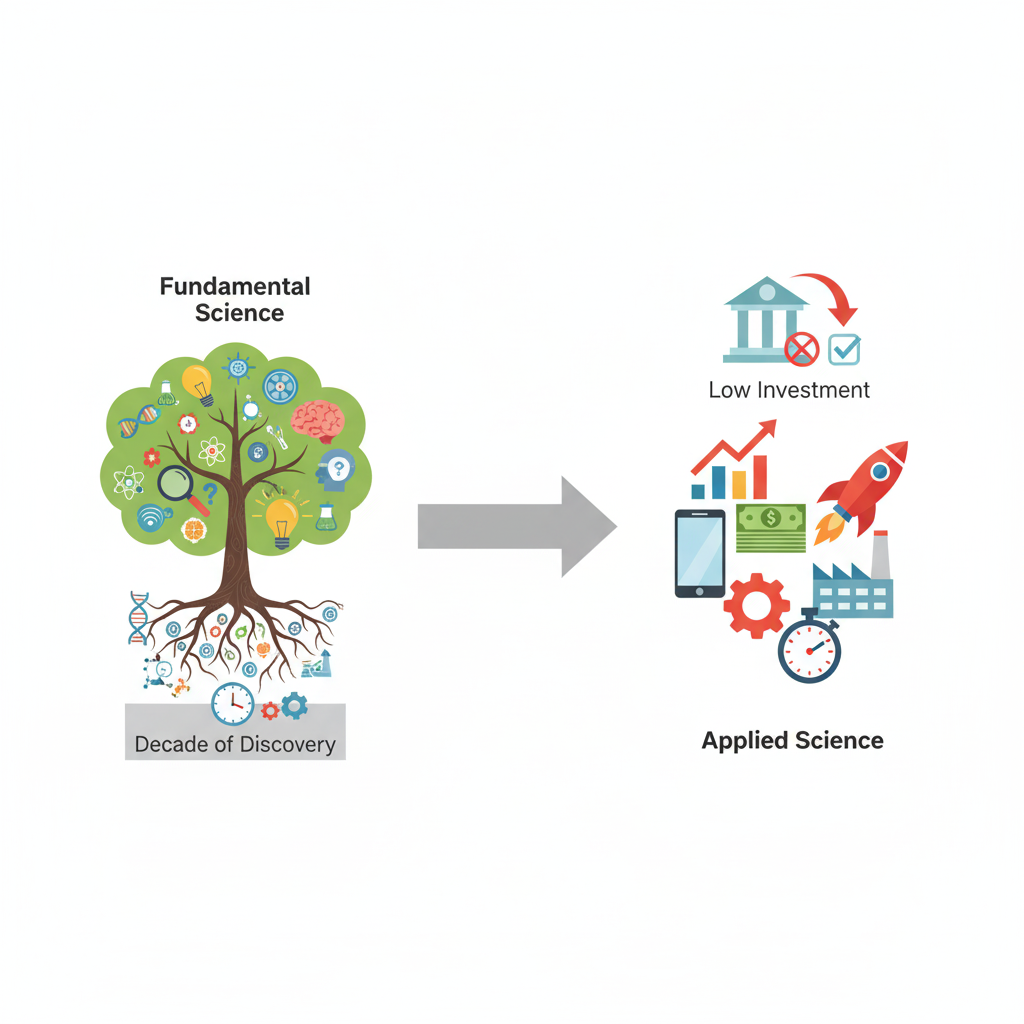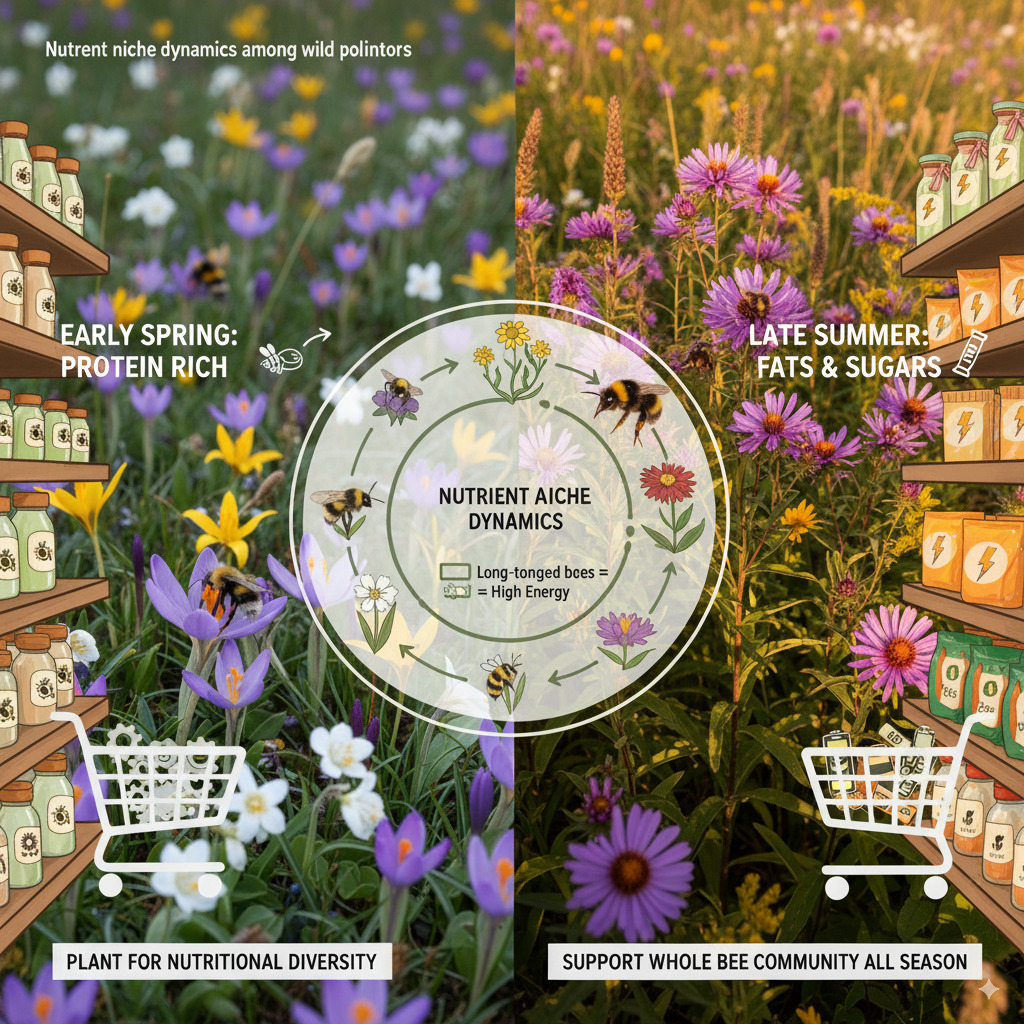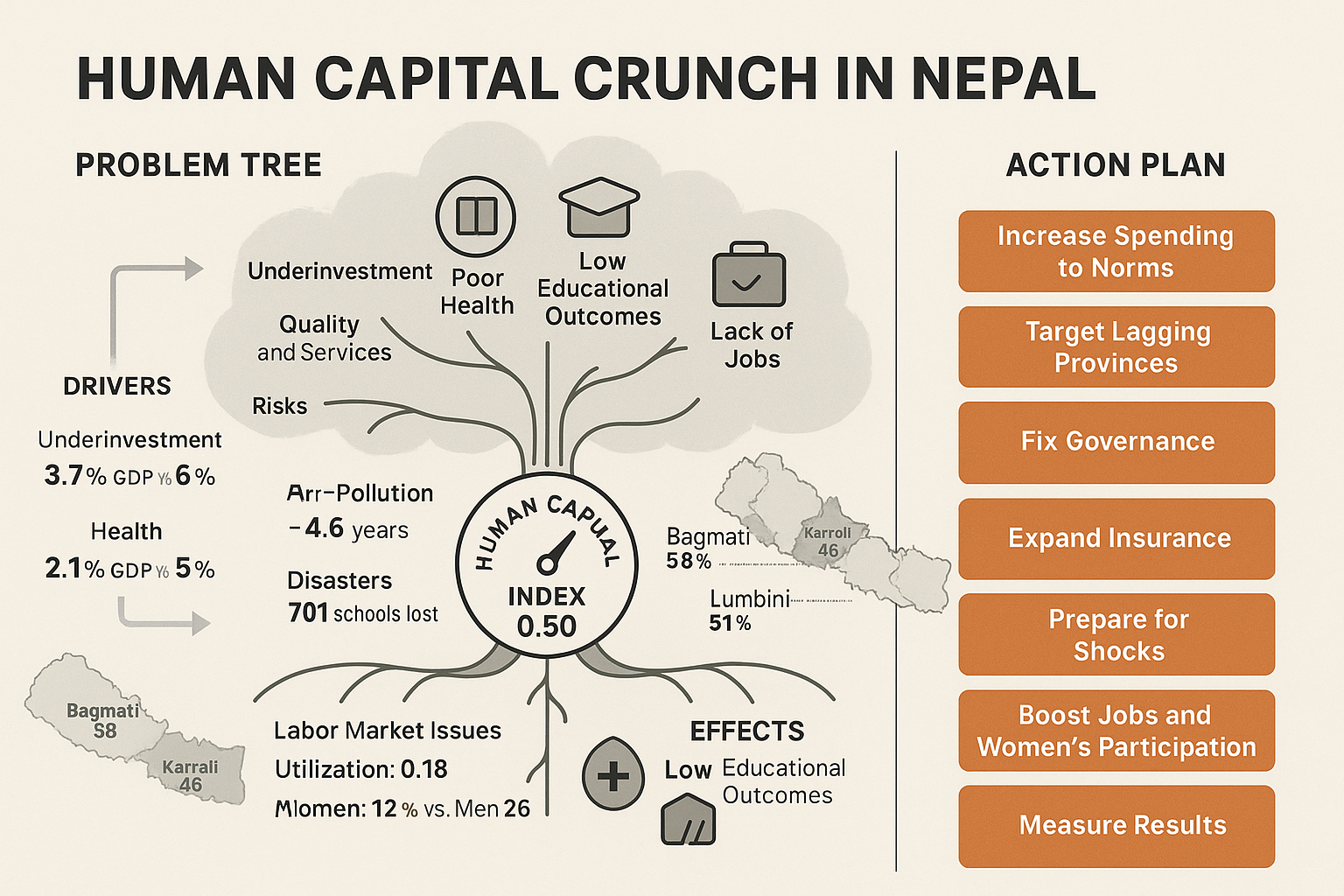
The SciTalk
Sep 8, 2025
A new World Bank report, titled "Reboot Development: The Economics of a Livable Planet," argues that the path to prosperity runs through healthy land, air, and water. It shows how damage to forests, soils, rivers, and the air slows growth and harms people. It also suggests that innovative policies can mitigate these losses and create new jobs.
The core message
Nature underpins food, water, health, and energy. When we degrade it, we pay. The authors say more than 90 percent of people live with at least one major environmental threat. That includes poor air quality, degraded land, or water stress. This constant pressure reduces human potential and economic output.
Forests and "green water"
Forests do more than hold carbon. They help soils store moisture. Scientists call this "green water." It keeps crops alive in dry spells. When forests fall, soils dry. Droughts hit harder. The report estimates that lost soil moisture linked to deforestation could cost approximately $ 379 billion. That accounts for roughly 8 percent of the global agricultural GDP. Natural forests provide more than twice the protection of plantations. They keep soils wetter and economies steadier.
The link to growth is direct. In regions with more upstream natural forest, droughts reduce GDP by less. That buffer has real value and is often overlooked.
The nitrogen paradox
Fertilizer powered the Green Revolution. In many places today, excessive nitrogen application can harm yields. The report cites new work showing that nearly half of the world's calories come from areas where extra nitrogen does more harm than good. Excess nitrates in water can cause "blue baby syndrome." Runoff also feeds algal blooms and dead zones. The global bill for nitrogen pollution may reach 3.4 trillion dollars each year. Poorly designed subsidies exacerbate the problem.
The price of dirty air and water
Air and water pollution are silent killers. Inadequate water, sanitation, and hygiene contribute to about 1.4 million deaths each year. Outdoor air pollution kills more than 5.7 million people. Dirty air also lowers test scores and worker productivity. The economic cost of air pollution alone is about 8 trillion dollars a year. That is roughly 6.1 percent of global GDP. The burden shifts as countries grow, from waste and biomass burning to industrial emissions and excess nutrients. Cities carry much of this load.
Cities drive progress and risk
By 2050, almost two-thirds of people will live in cities. Urban growth raises incomes and fuels ideas. It also spreads outward. Farms get pushed into forests and wetlands. That indirect shift has driven deforestation on about 318,000 square kilometers. That area is almost three times the size of England. City heat is rising too. Concrete and low tree cover trap heat, strain energy, and water systems. The report finds that urban greening can cool arid cities by up to 7.6 degrees Celsius during extreme heat events. Compact design and transit also reduce sprawl and pollution.
Growth and protection can align
The report rejects the idea that clean growth is a fantasy. Good policy can deliver significant gains at a low cost. The authors cite evidence from farms and factories. Better nitrogen management can return benefits about 25 times higher than costs. A pollution market in India's Gujarat cut emissions at low cost and delivered benefits that exceeded costs by more than 25 times. China also reduced fine particle pollution while maintaining strong growth. These cases show that countries can cut exposure and still expand their economies.
Three levers for cleaner development
Why do some places "grow cleaner" over time? The report points to three levers. Scale. Composition. Efficiency. As economies expand, scale pushes up resource use and pollution. Countries can mitigate this by shifting the composition of their activities toward cleaner sectors. They can also increase efficiency, so each unit of output requires fewer inputs and emits less. The authors argue that efficiency is doing most of the work today. They call for a faster shift in what we produce and consume. In simple words, make better things, not only make things better.
What to do now
Start with information. Make the damage visible. Monitor air and water in real time. Map forests and soils. Open the data to the public. Good information supports good choices. It also builds trust.
Build enabling policies. Use a mix of tools that match local goals. Prices, standards, innovation support, and social protection can work together. Poorly designed rules raise costs and fail to clean up. Good design delivers health, jobs, and growth.
Evaluate and adapt. Track results. Scale what works. Stop what does not. Conditions change quickly. Policy should learn just as fast.
The bottom line
Healthy nature is not a luxury. It is core infrastructure. Forests regulate rain and soil moisture. More innovative fertilizer use protects rivers and boosts yields. Clean air and water grow human capital. Greener cities save lives and money. The evidence in this report is clear. Countries that protect and restore nature will be more resilient and more competitive. Environmental action is sound development policy.
World Bank. Reboot Development: The Economics of a Livable Planet. Washington, DC: World Bank, 2025. https://documents.worldbank.org/en/publication/documents-reports/documentdetail/099082225151536569



